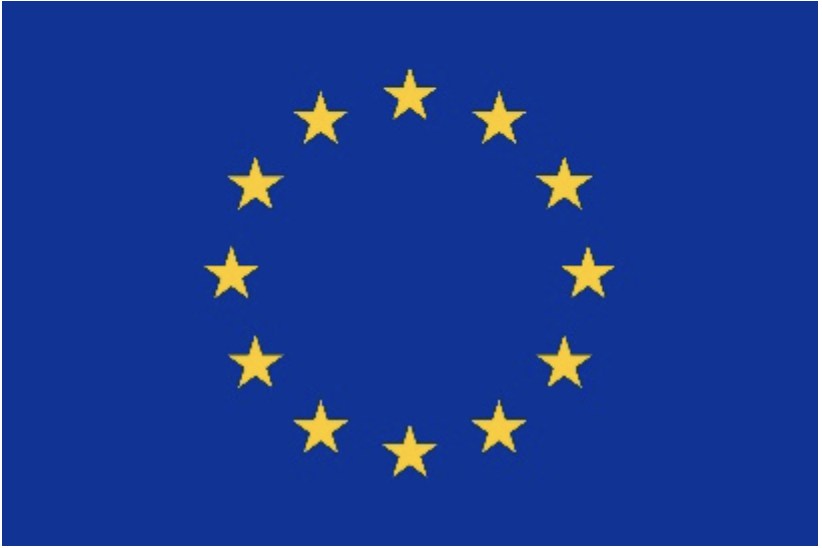SFERA-III participated in the XVII Iberian Congress and XIII Ibero-American Congress of Solar Energy (CIES 2020), which take place online from 3 to 5 November 2020.
On this occasion, SFERA-III partners made 4 presentations about the project.
Analysis of the behavior of silica glass lenses against the use of concentrated solar radiation
Authors De Almeida G., Guerra Rosa L., Pereira J.C.G., Bravo Gonzalo I., Franco P., Fernandes J.C., González-Aguilar J.
Cite as De Almeida, G… [et.al.] – Analysis of the behavior of silica glass lenses against the use of concentrated solar radiation. In: CIES2020: Renewable Energies in the Energy Transition: Book of Communications of the XVII Iberian Congress and XIII Ibero-American Congress on Solar Energy. Helder Gonçalves, Manuel Romero (Ed.). Lisbon, Portugal: LNEG, 3-5 November 2020, p. 211-218; https://doi.org/10.34637/cies2020.1.2022
Abstract This work describes the tests conducted with a laboratory-scale high-flux solar simulator aiming to evaluate the performance of optical lenses made of silica glass when subjected to high-fluxes of radiation, and it allowed to
compare their behaviour with the behaviour shown by lenses made of borosilicate glass (BK-7) which price is much
lower. The irradiation tests reached durations up to 60 minutes, with continuous monitoring of the power irradiating
each and of the temperature generated on it. All silica lenses have shown a good performance, contrarily to what was
observed with the lenses made of borosilicate. In the work it is mentioned the possibility that the negative behaviour
observed with the borosilicate lenses may be due to the fact that the radiation spectrum of a xenon arc lamp contains
certain wavelengths that are not present in the solar radiation spectrum, and therefore it is suggested that future tests
are conducted with real concentrated solar radiation and not with a simulator that artificially reproduces the solar
energy distribution.
Authors Rodríguez S., Audigié P., Agüero A., Pedrosa F., Paiva T., Diamantino T.C.
Cite as Rodríguez, S… [et.al.] – Study of resistance against corrosion by molten nitrates of coatings based on aluminum under dynamic conditions. In: CIES2020: Renewable Energies in the Energy Transition: Book of Communications of the XVII Iberian Congress and XIII Ibero-American Congress on Solar Energy. Helder Gonçalves, Manuel Romero (Ed.). Lisbon, Portugal: LNEG, 3-5 November 2020, p. 789-796
Abstract Aluminide slurry coatings deposited on P91, a ferritic-martensitic steel with 9 wt.% in chromium, were studied and compared with uncoated P91 after immersion in Solar Salt (60 wt.% NaNO3 – 40 wt.% KNO3) at 580 ºC for up to
1000 hours under dynamic conditions. Two aluminide coatings of different microstructure and composition, resulting
from two different heat treatments performed after the application of the slurry, were tested and the results were
compared with those previously obtained under static conditions. Uncoated P91 suffered from oxide significant
spallation in both cases and it was necessary to remove the corrosion products to estimate the weight loss. The oxide
formed showed a multilayer structure of Fe2O3, Fe3O4, and NaFeO2. The coatings significantly improved the behavior
of the uncoated material, exhibiting a much lower weight variation. The composition and the microstructure of both
coatings were maintained after exposure of 1000 h in both static and dynamic conditions.
Recent advances in the literature on thermochemical reactors for the production of solar fuels
Authors Miranda M., Bulfin B.
Cite as Miranda, M… [et.al.] – Recent advances in the literature on thermochemical reactors for the production of solar fuels. In: CIES2020: Renewable Energies in the Energy Transition: Book of Communications of the XVII Iberian Congress and XIII Ibero-American Congress on Solar Energy. Helder Gonçalves, Manuel Romero (Ed.). Lisbon, Portugal: LNEG, 3-5 November 2020, p. 467-474; https://doi.org/10.34637/cies2020.1.2055
Abstract The purpose of this work is to present the main results obtained in the review of the scientific literature on the topic of thermochemical reactors for the production of solar fuels using solar energy of concentration. This information
results from LNEG’s participation in the SFERA-III project, more specifically in the Subtask 8.2 – Protocols for monitoring and evaluating the performance of solar reactors. For that, more than 200 scientific publications were
thoroughly analyzed, developed a customized form in Visual Basic for Applications (VBA), and developed an Excel
database in order to organize accordingly all information. This information was then grouped according to the
following main areas: a) gasification, b) pyrolysis, and c) redox reactions. For each area, the information was
structured considering the type of work: i) Experimental (E), ii) Modeling (M), iii) Solar Simulator (SS) and iv)
Modeling in Solar Simulator (M + SS). A statistical analysis was also carried out for the experimental parameters
temperature, pressure, time, solar concentration and number of cycles.
Authors Martínez-Hernández A., Bravo I., Romero M., González-Aguilar J.
Cite as Martínez-Hernández, A… [et.al.] – Deriva intrínseca en heliostato. In: CIES2020: Renewable Energies in the Energy Transition: Book of Communications of the XVII Iberian Congress and XIII Ibero-American Congress on Solar Energy. Helder Gonçalves, Manuel Romero (Ed.). Lisbon, Portugal: LNEG, 3-5 November 2020, p. 421-428; https://doi.org/10.34637/cies2020.1.2048
Abstract In this work, we numerically evaluate with Monte Carlo ray-tracing simulations the intrinsic drift in heliostats. This drift is associated to the fact that the central ray does not necessarily coincide with the center of gravity of the flux
map. For this investigation, the solar tower facility located at IMDEA Energy in Móstoles, Madrid (Spain) is used as
a test case. By simulating flux maps at different times of the day and representing their centers of gravity the intrinsic
drift is evaluated. The influence on the drift of the focal length of the heliostats and the projection angle of the flux
distribution on the target is investigated in detail. Results show the relevance of the intrinsic drift in heliostats with
short focal lengths and how this drift can be reduced by making the focal length of the heliostat closer to its slant
range.

This project has received funding from the European Union’s Horizon 2020 research and innovation programme under grant agreement No 823802
